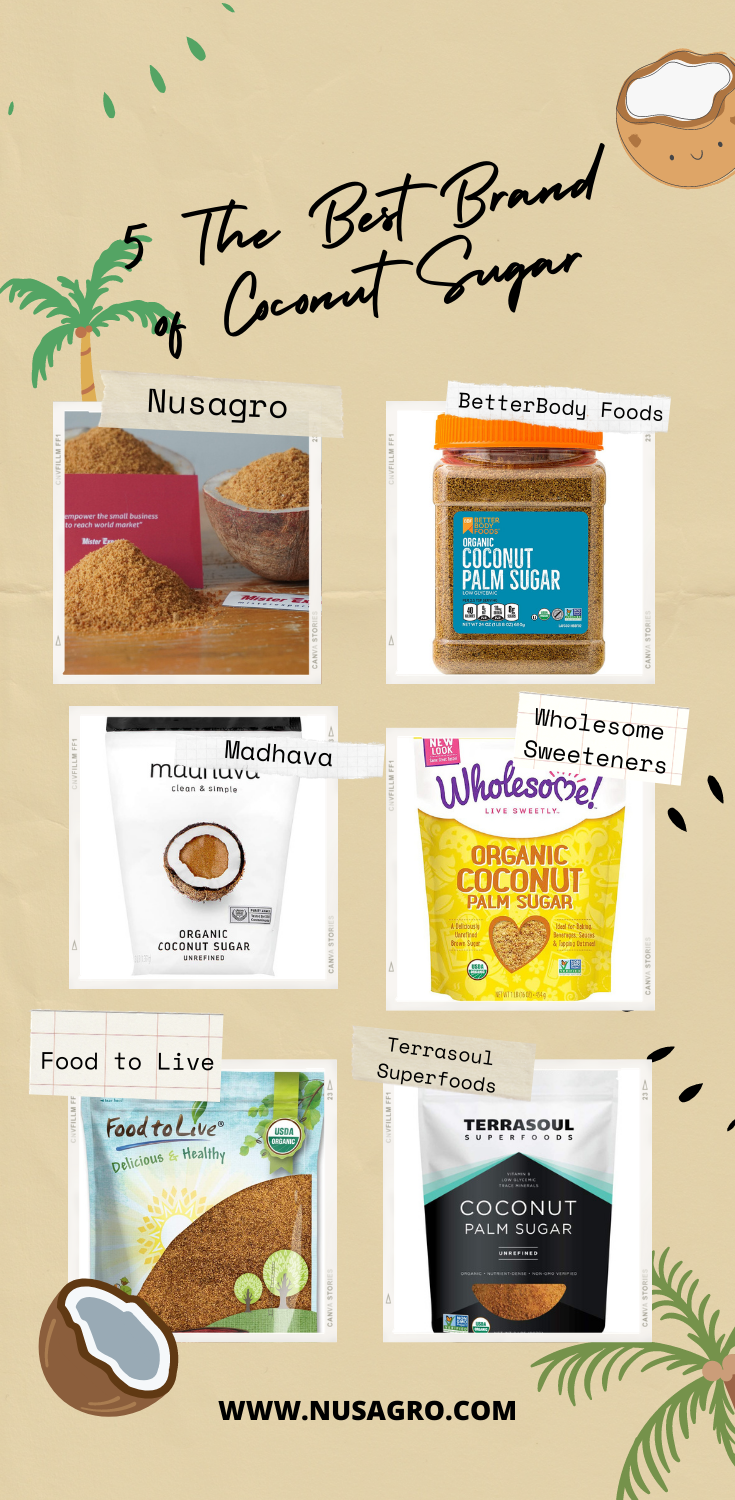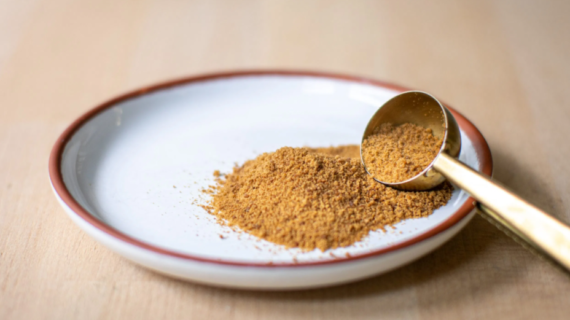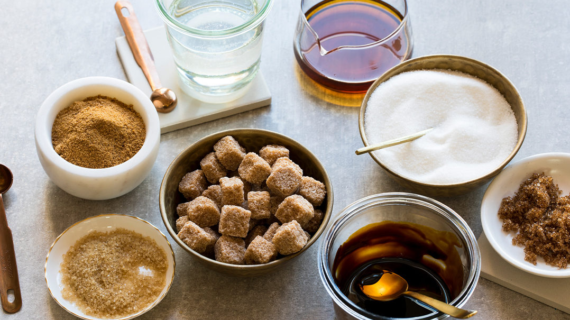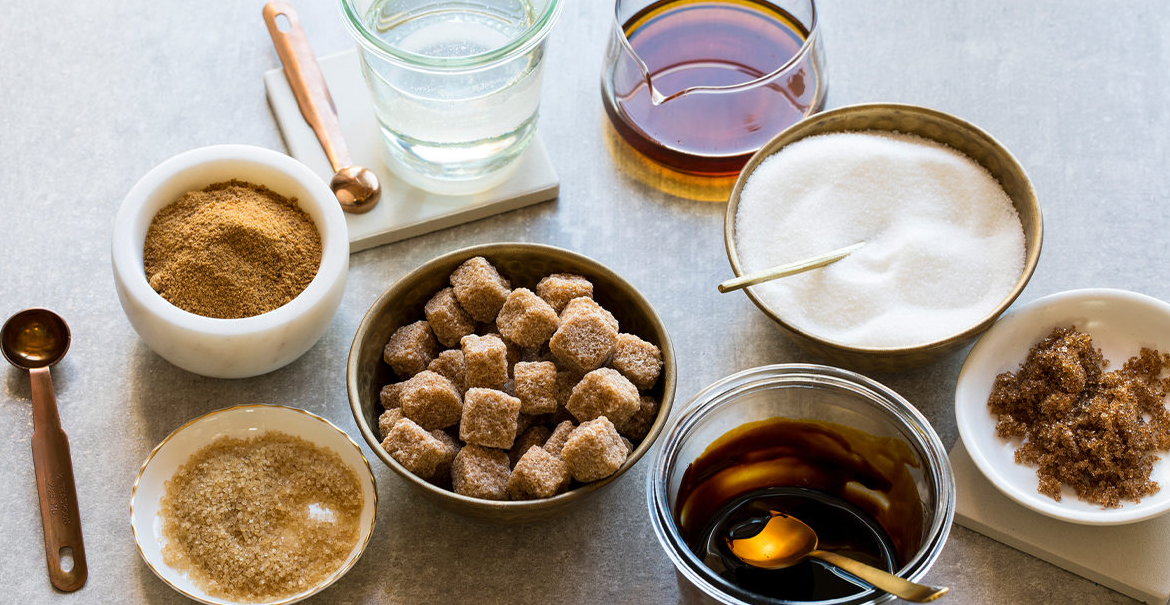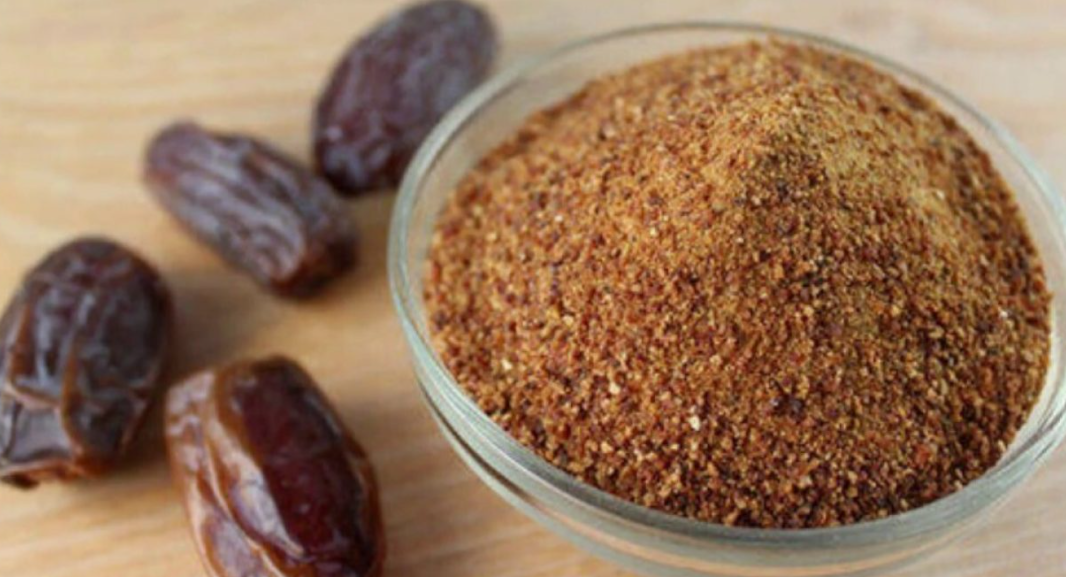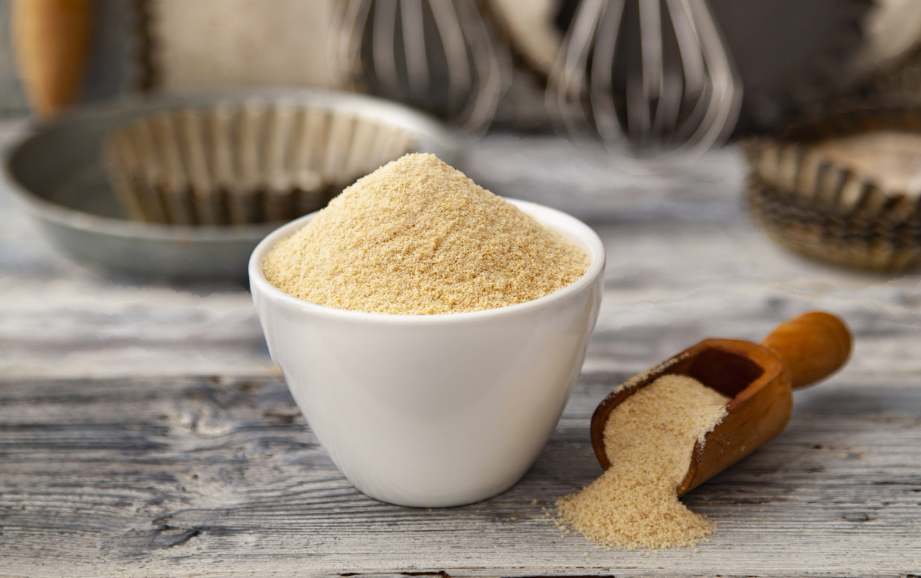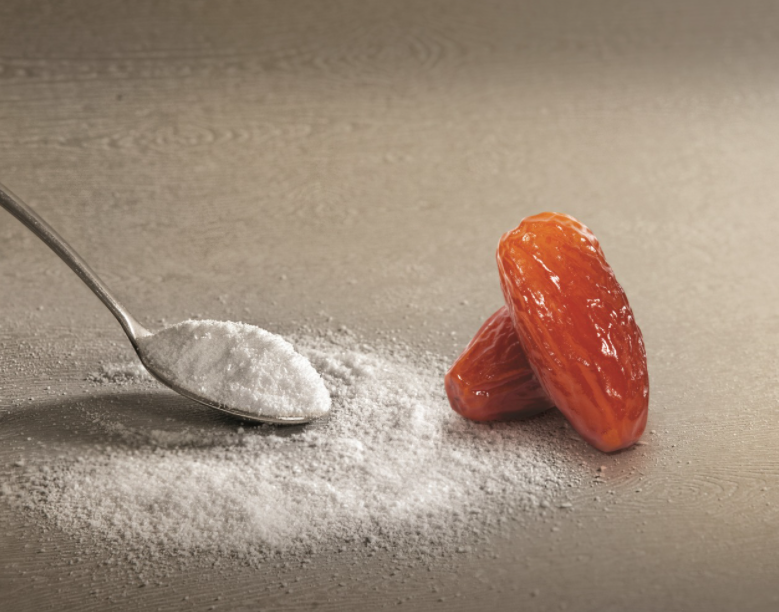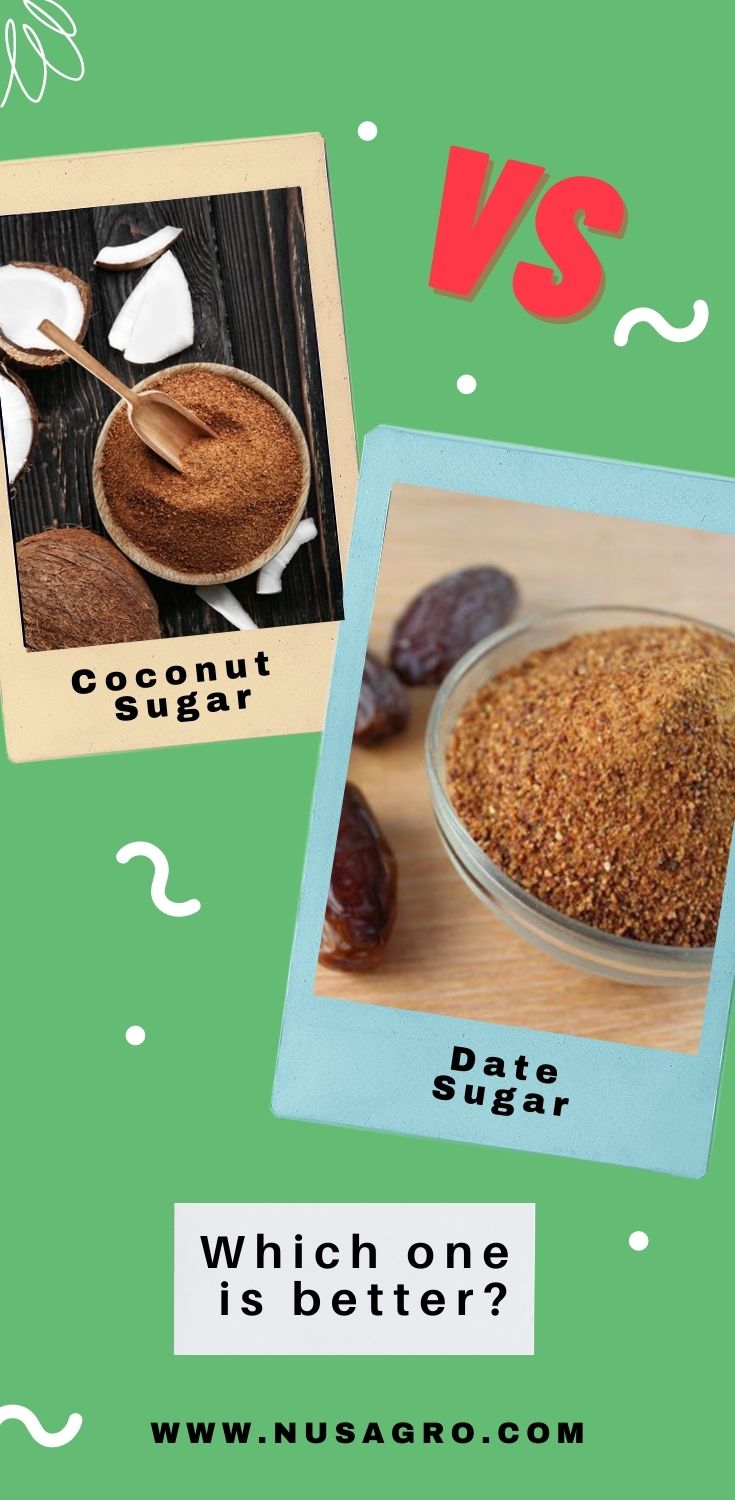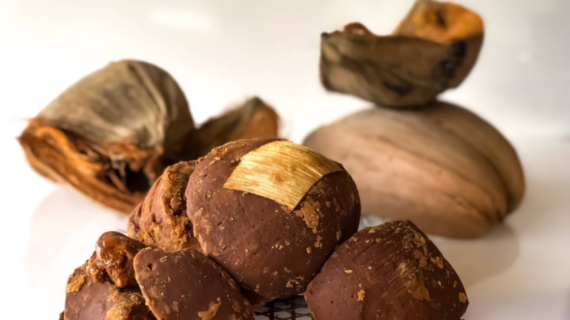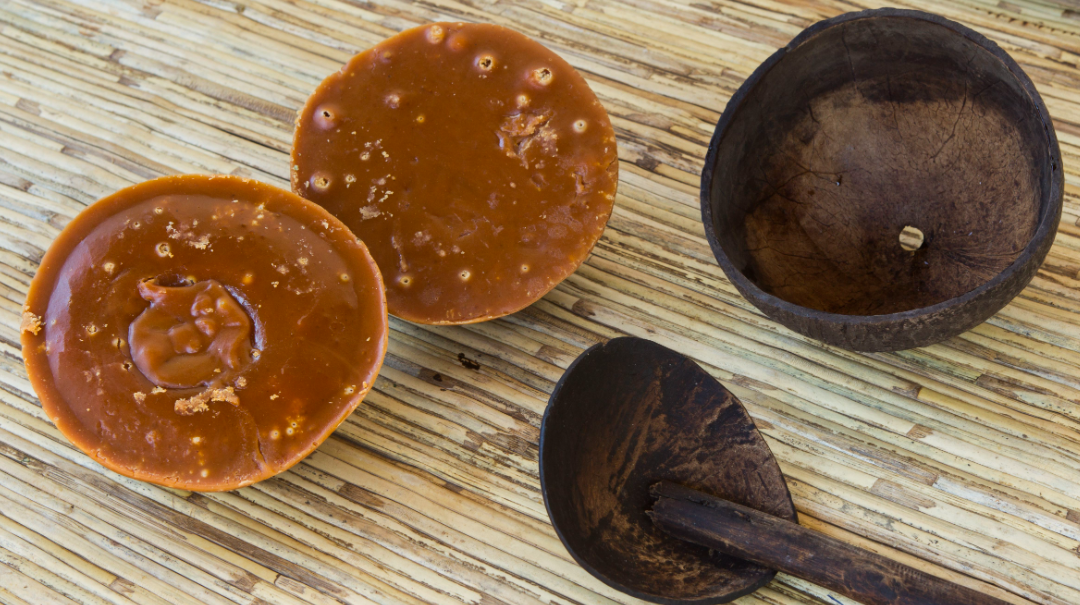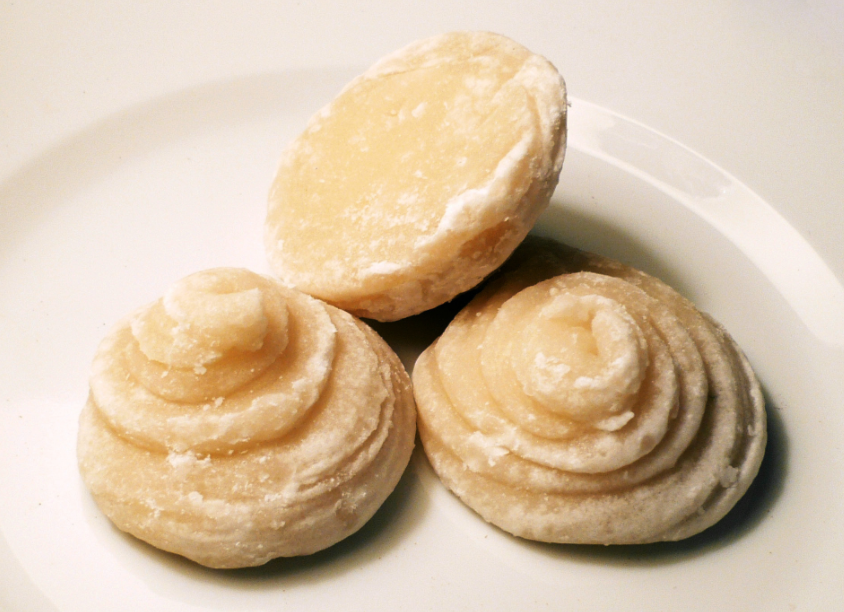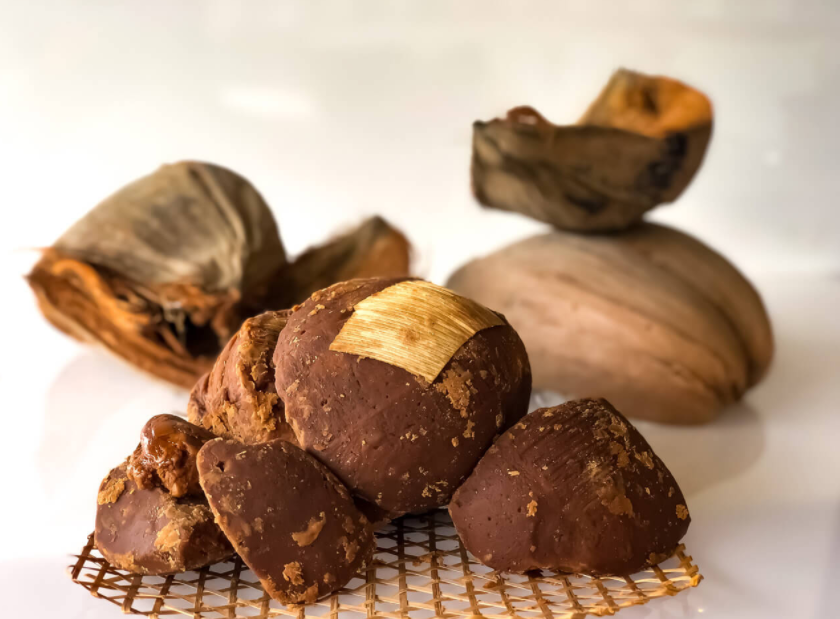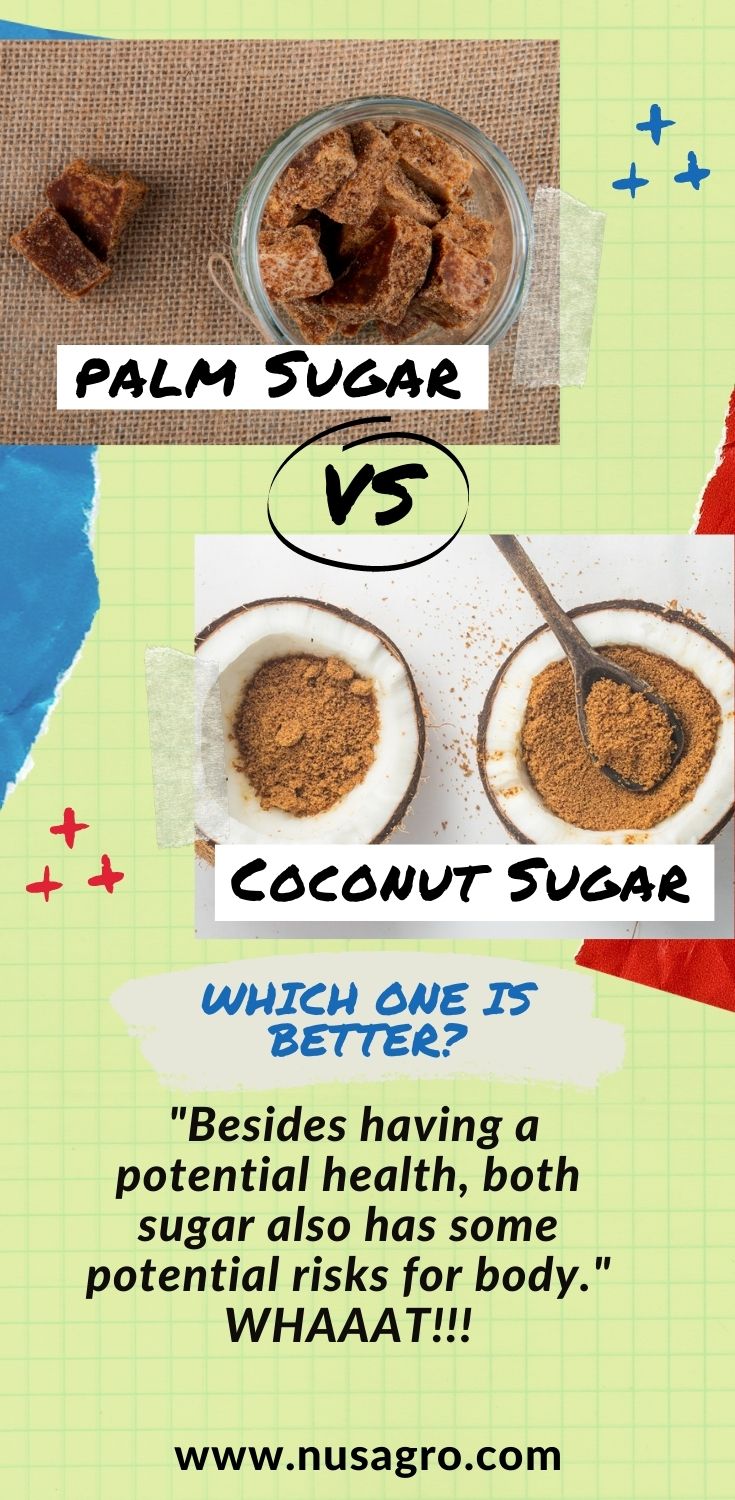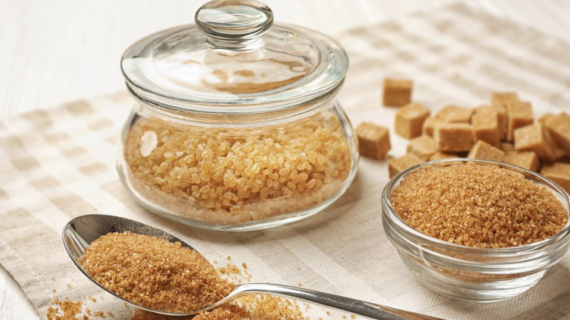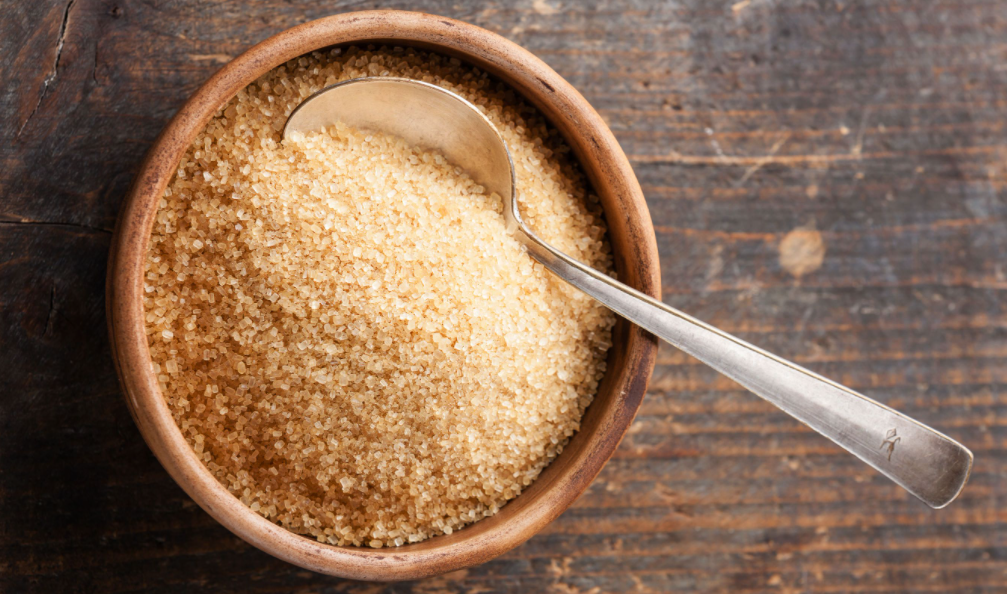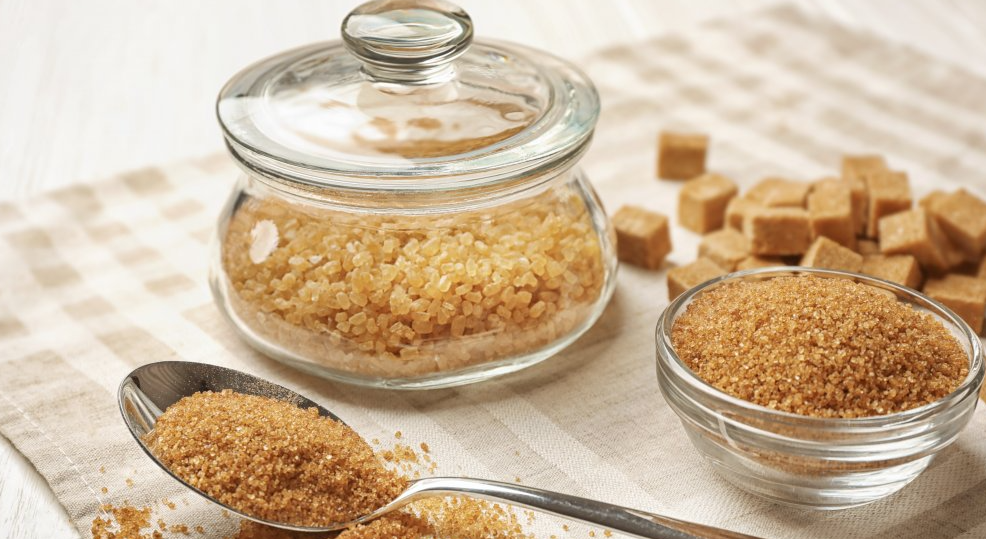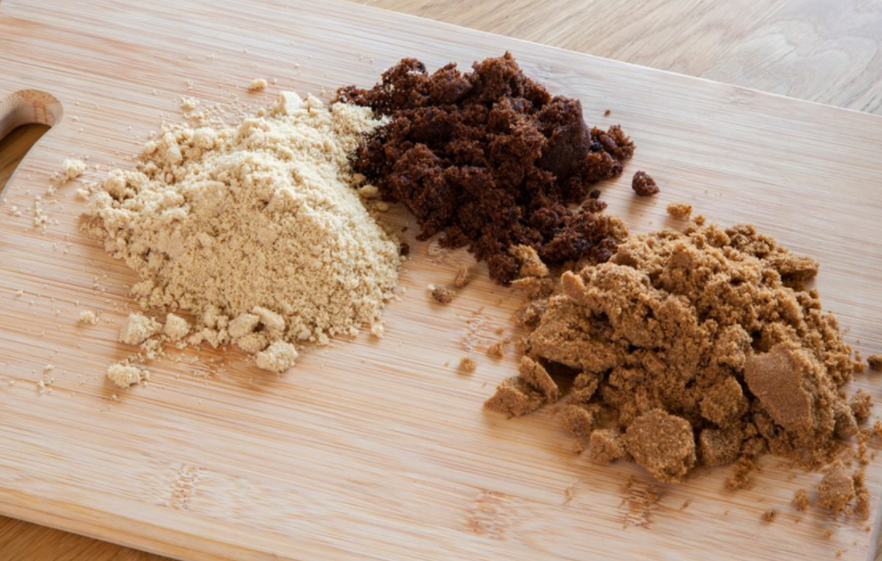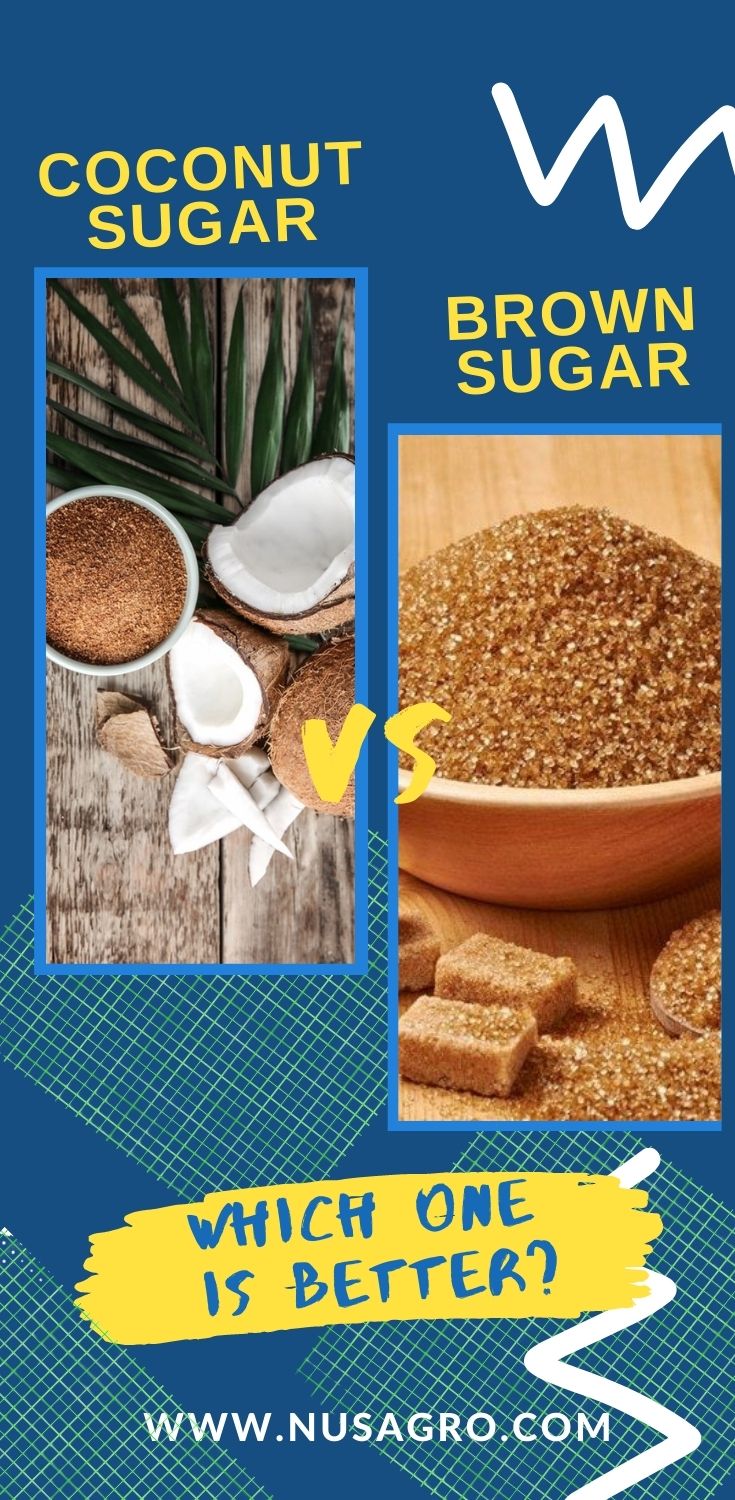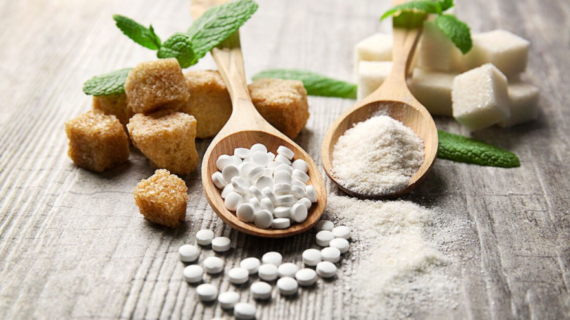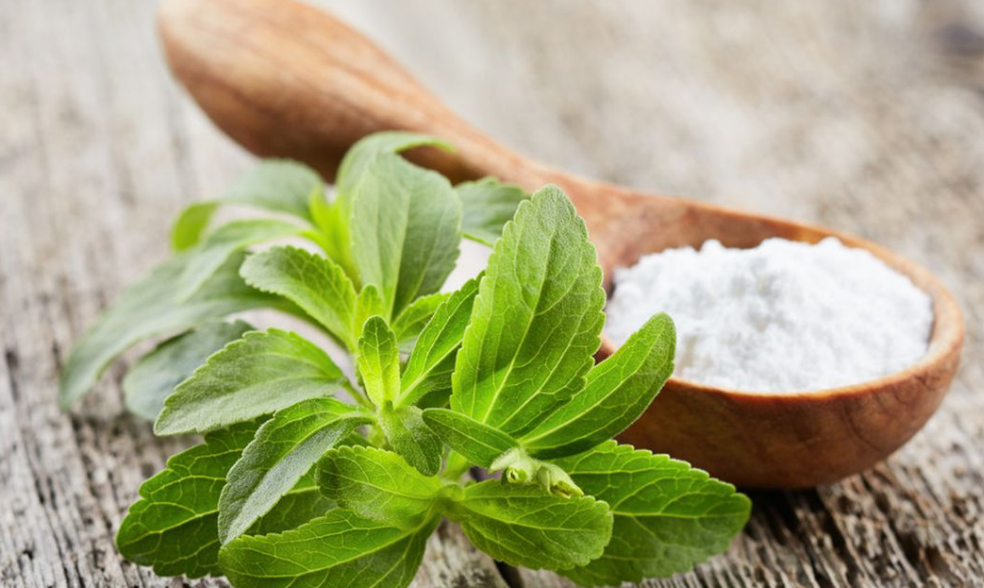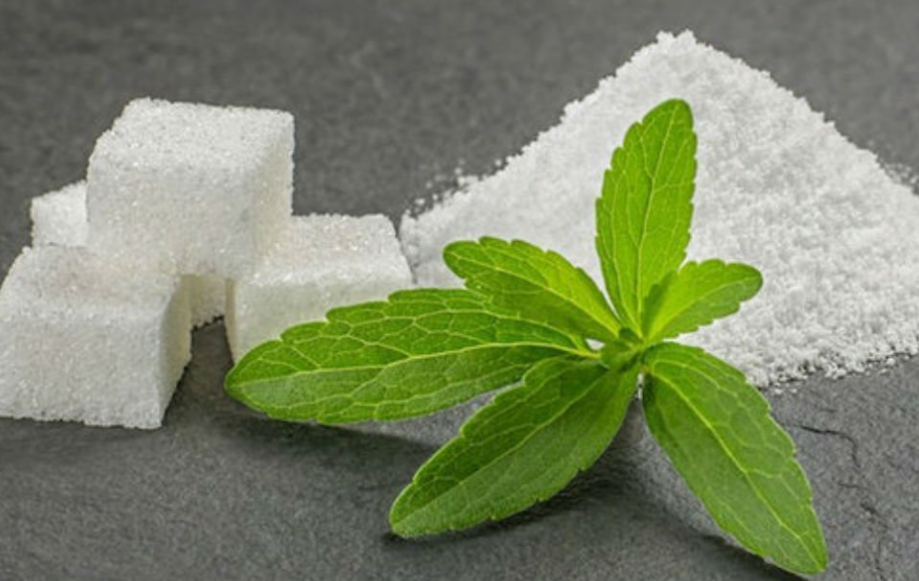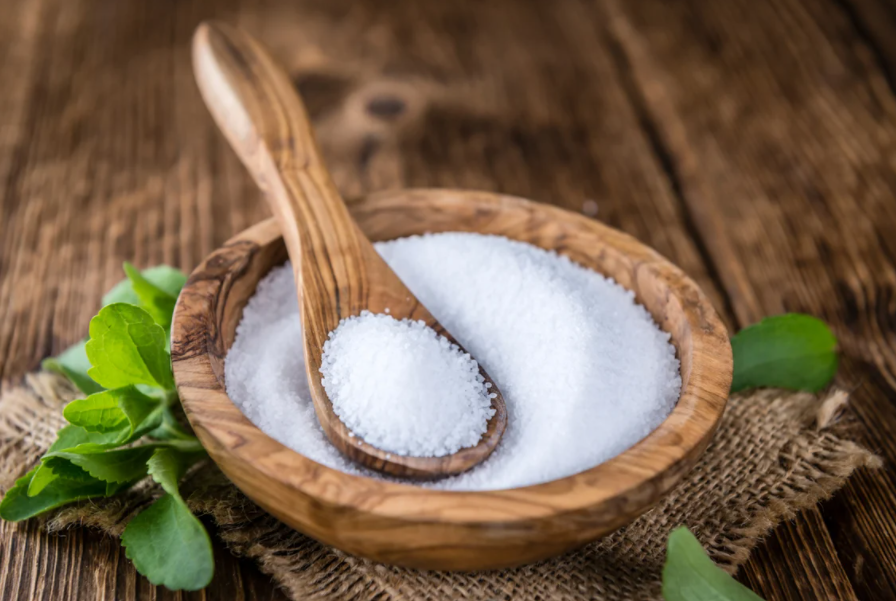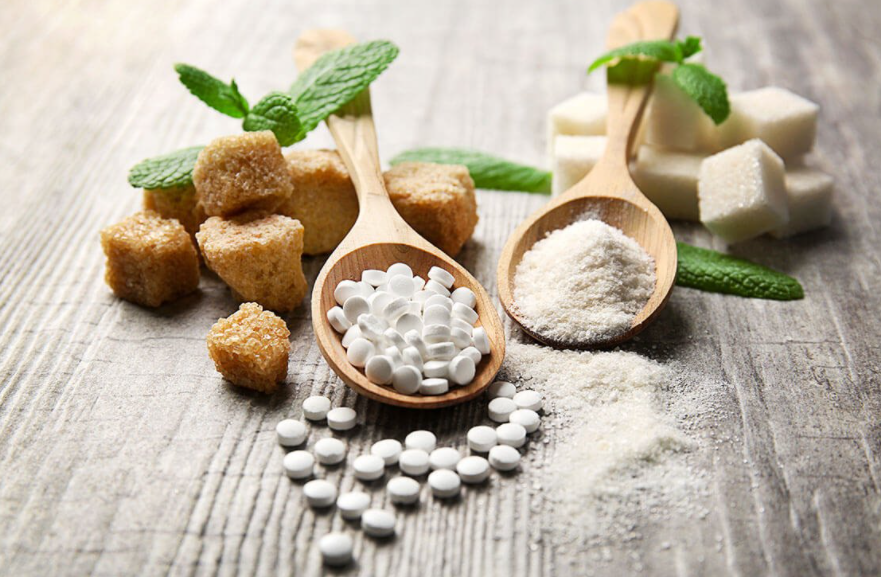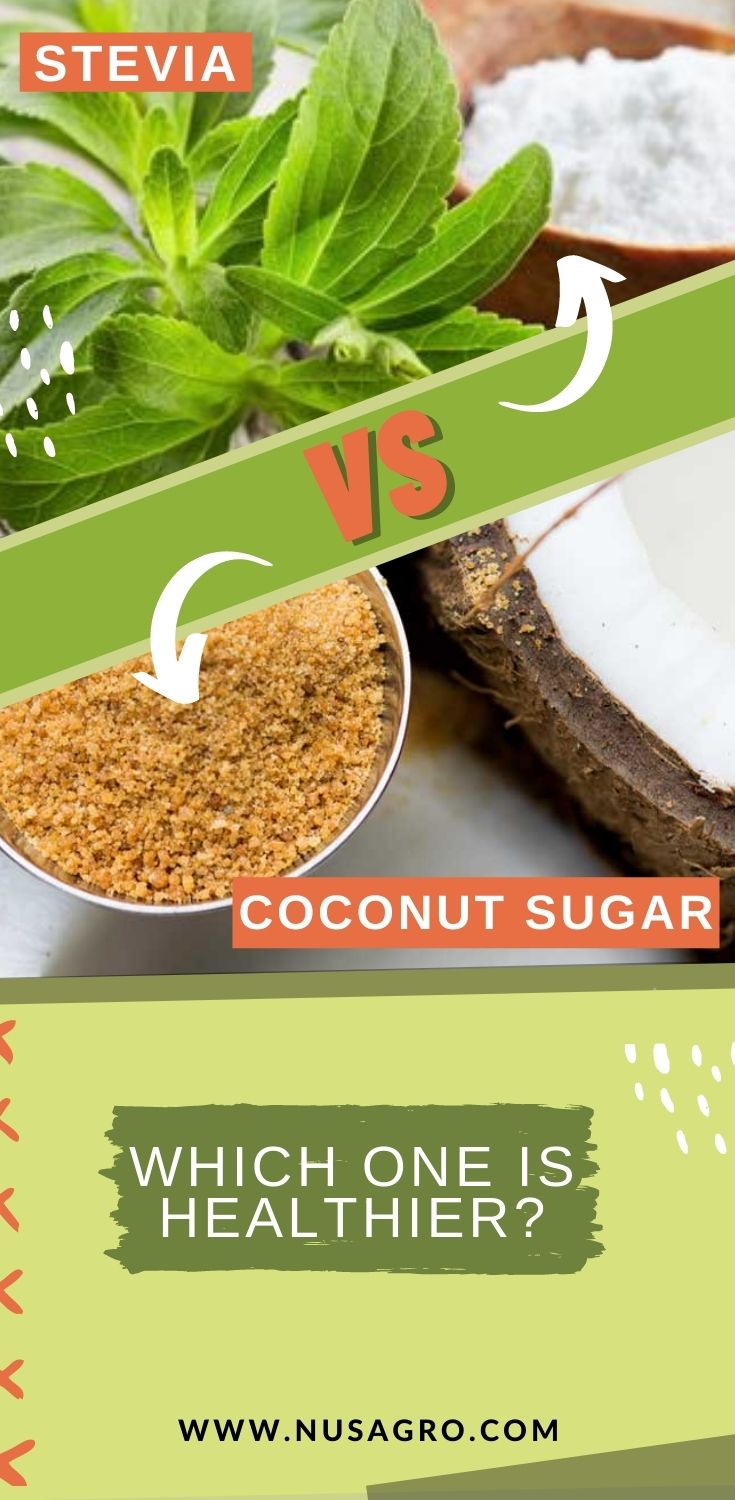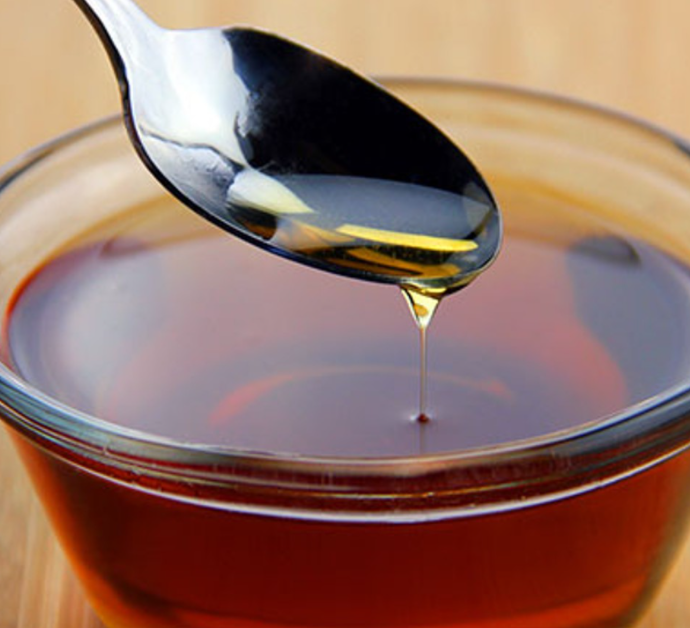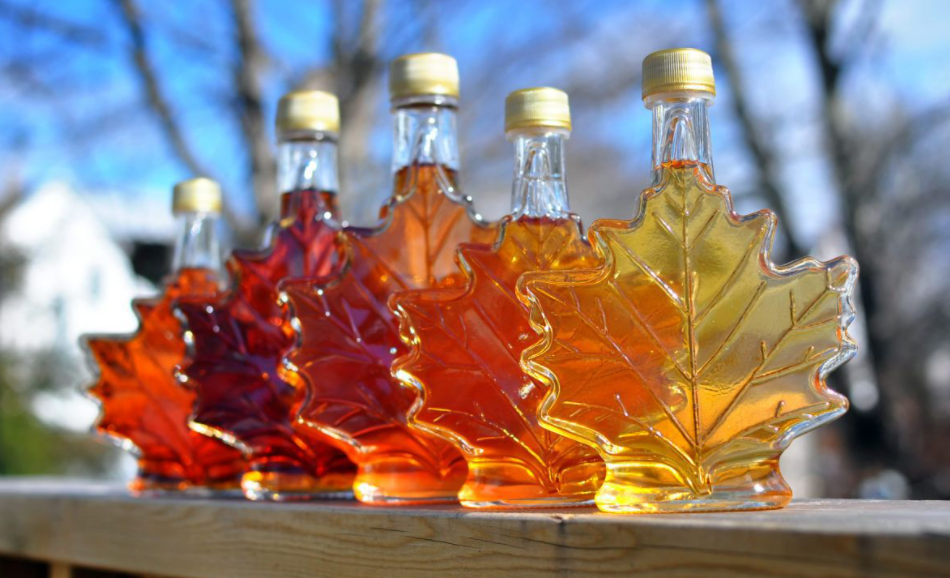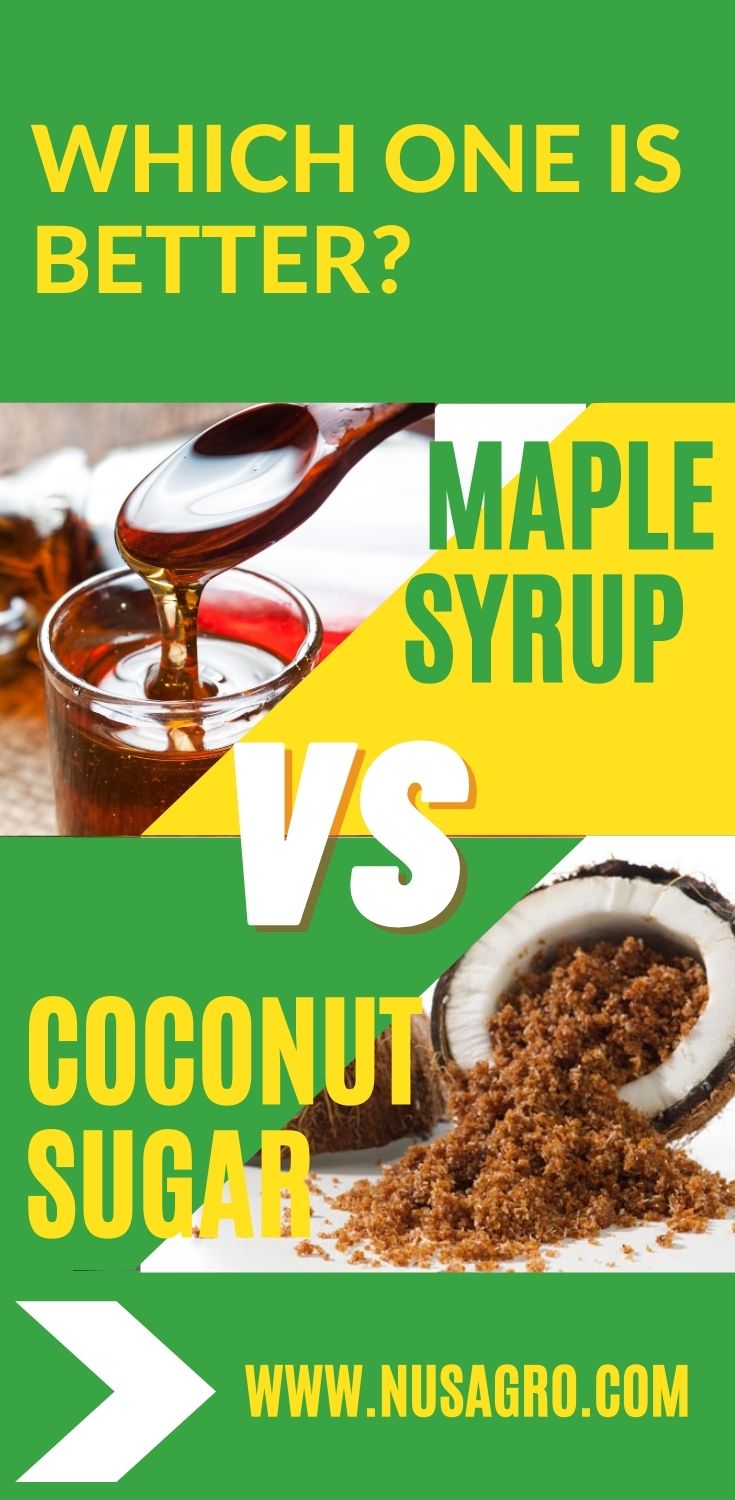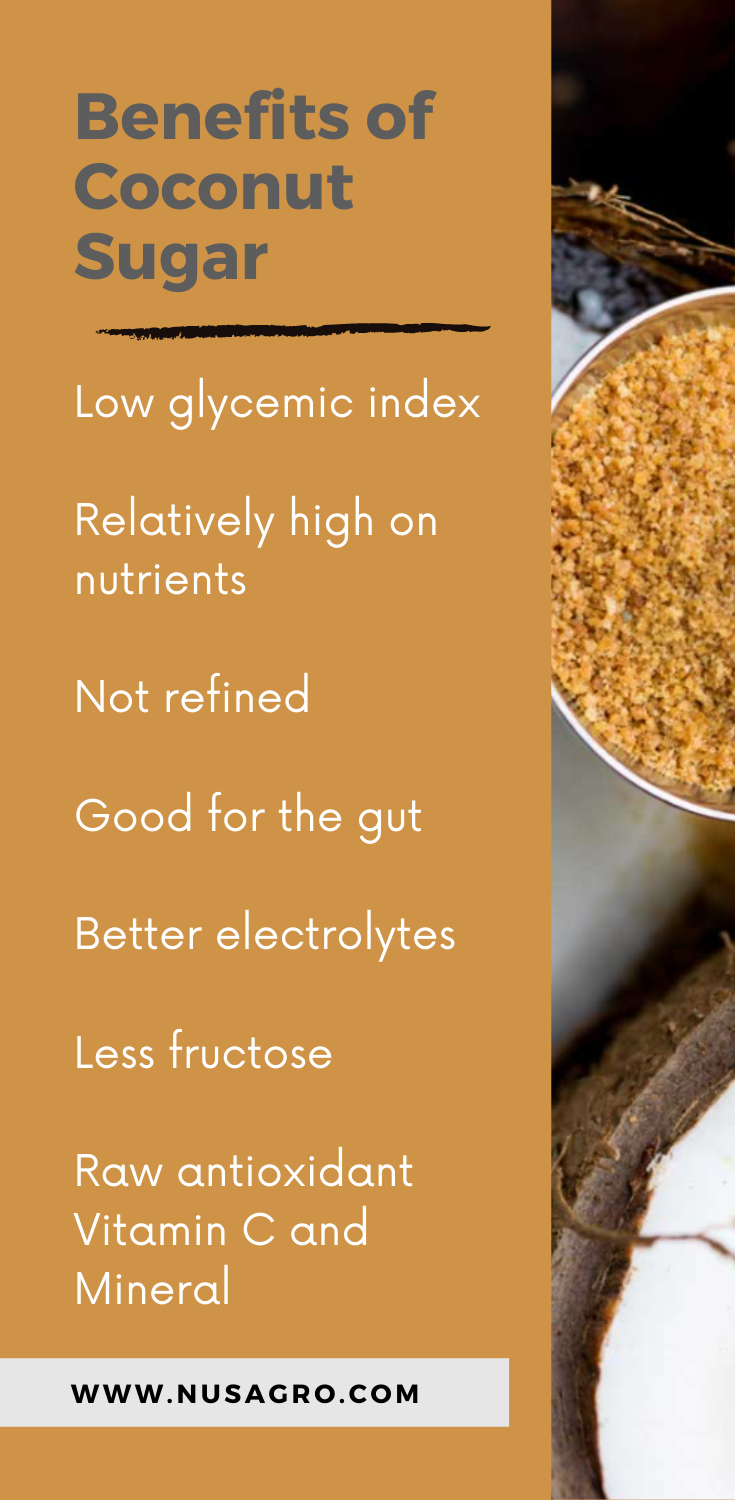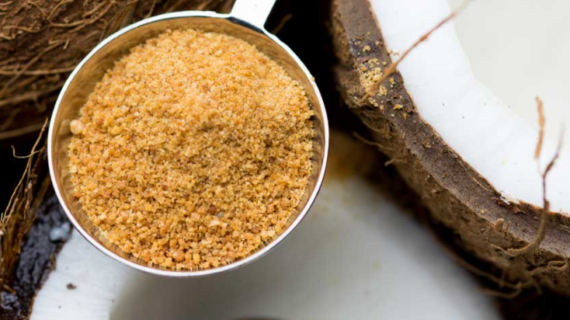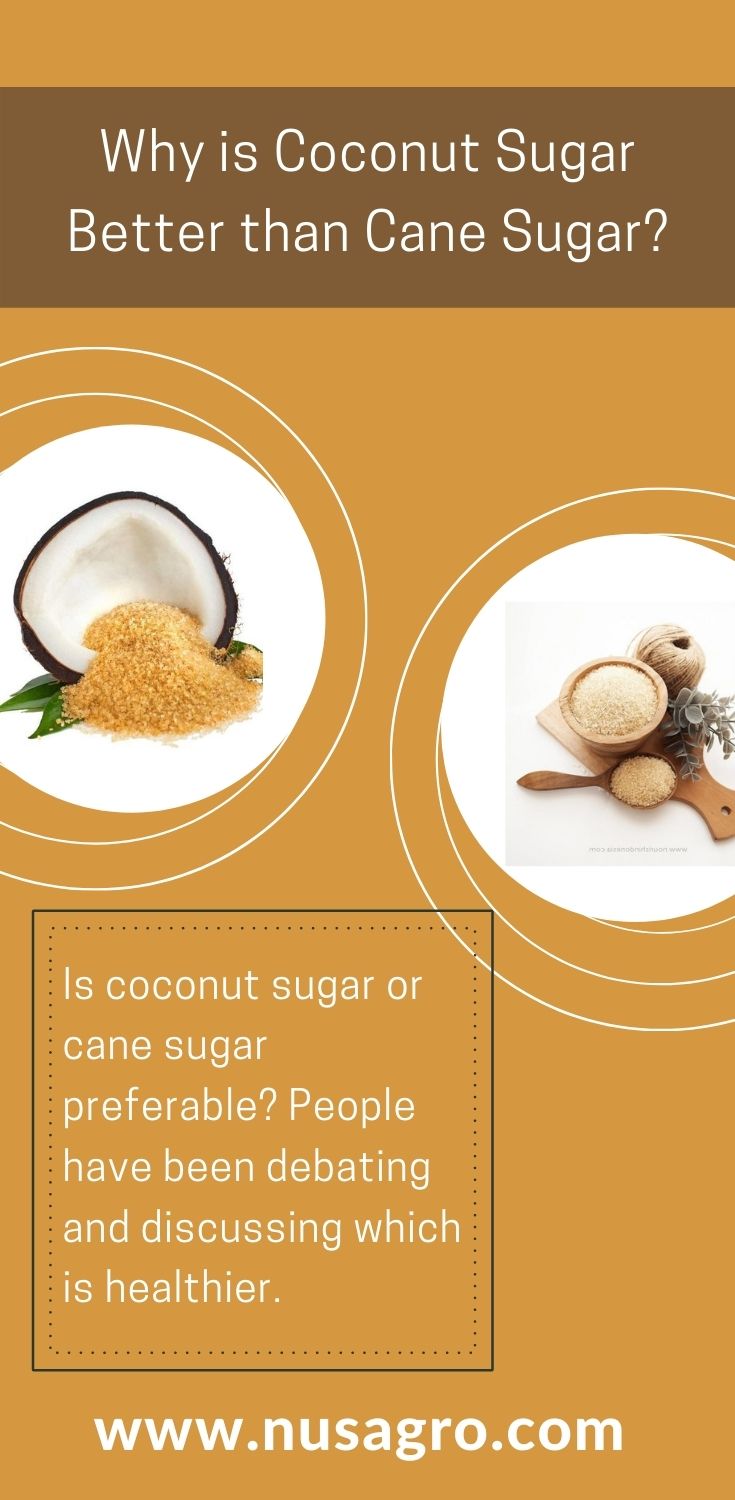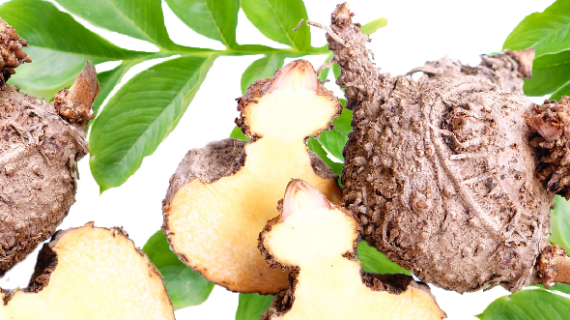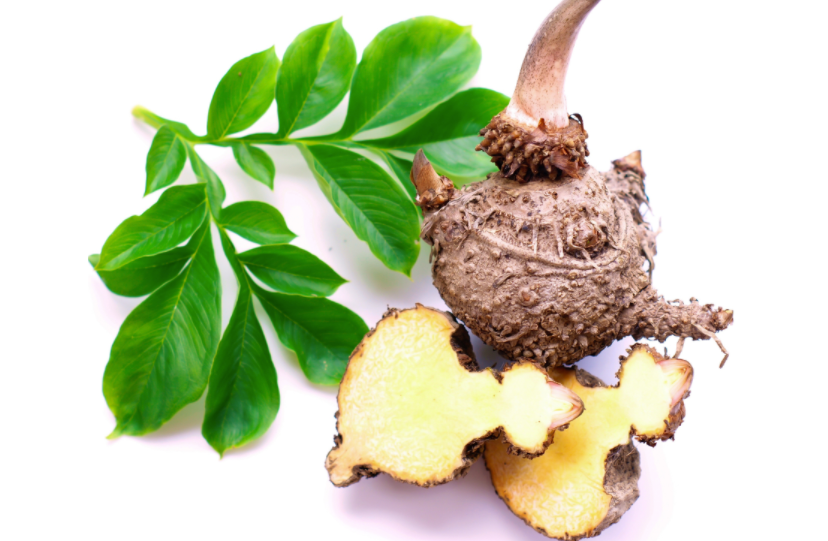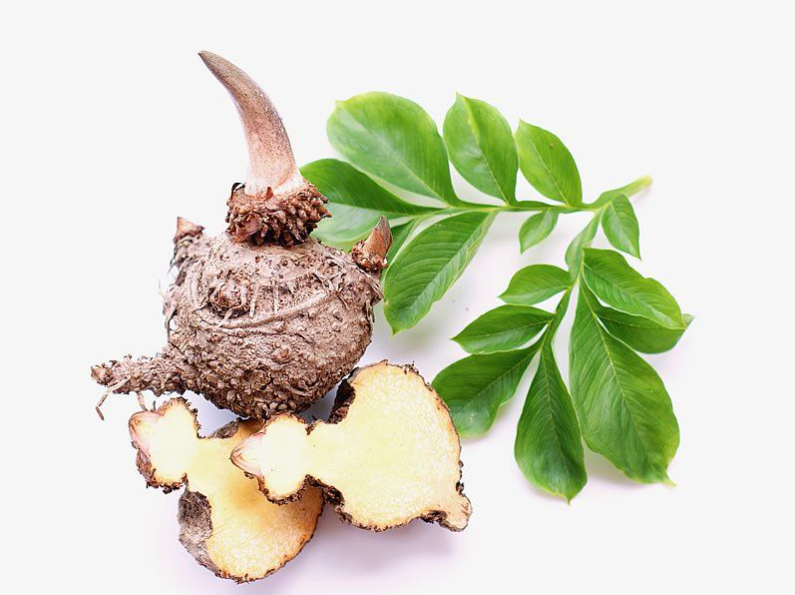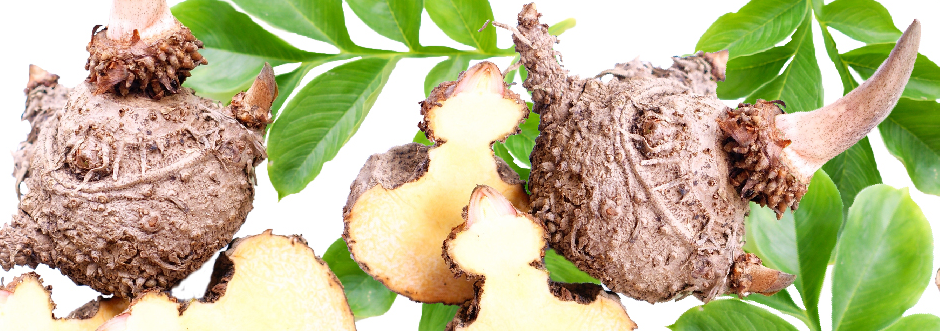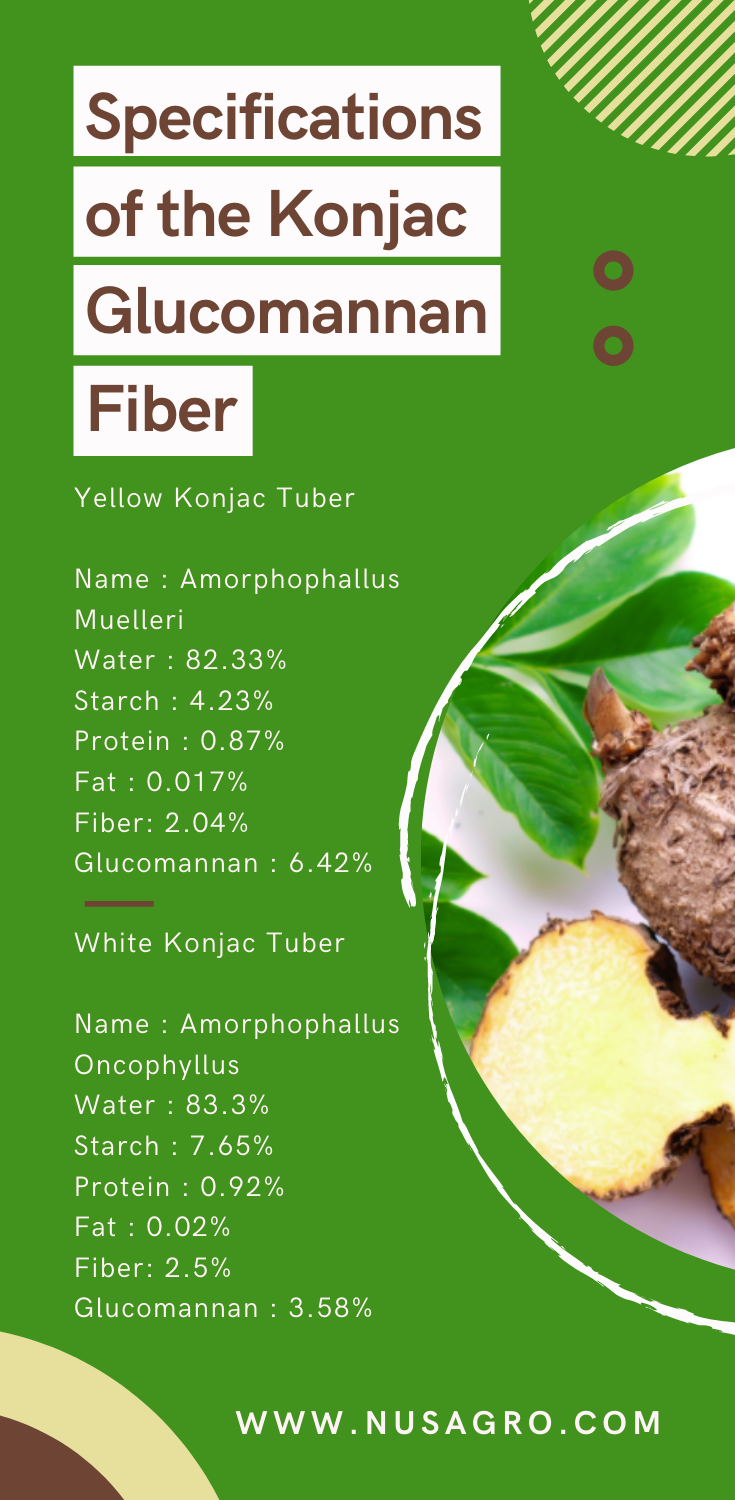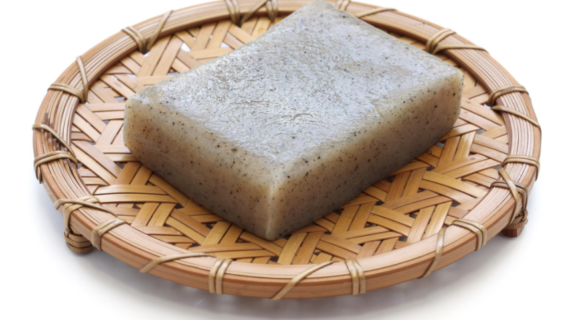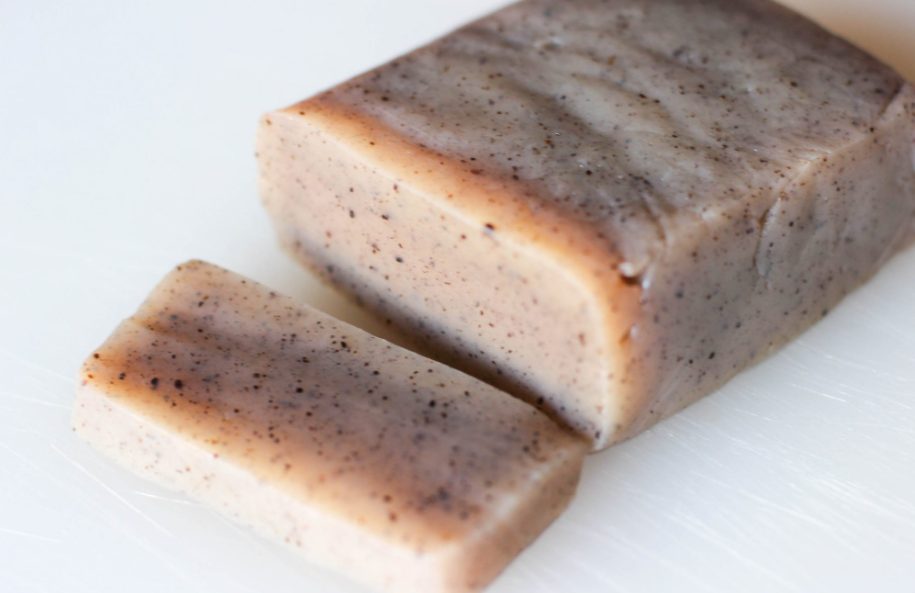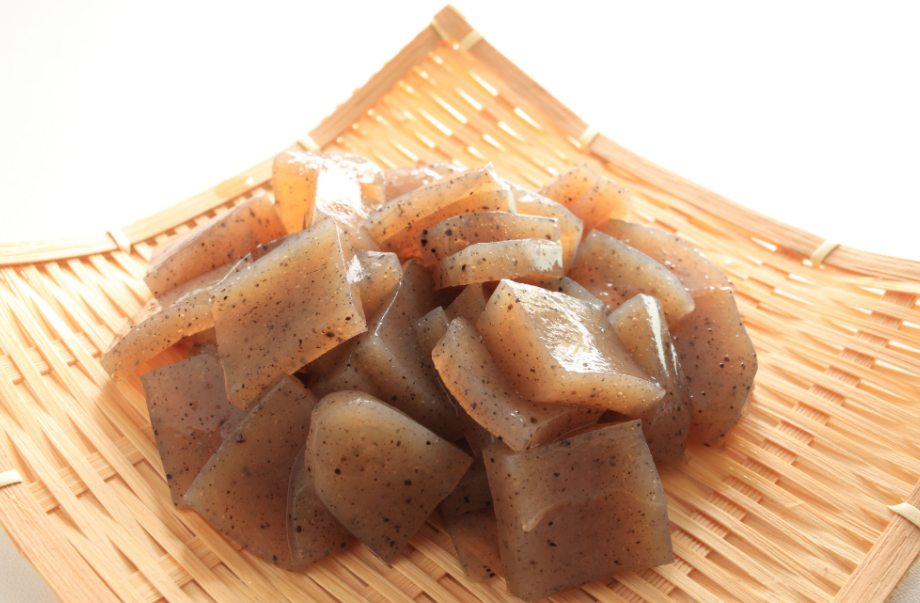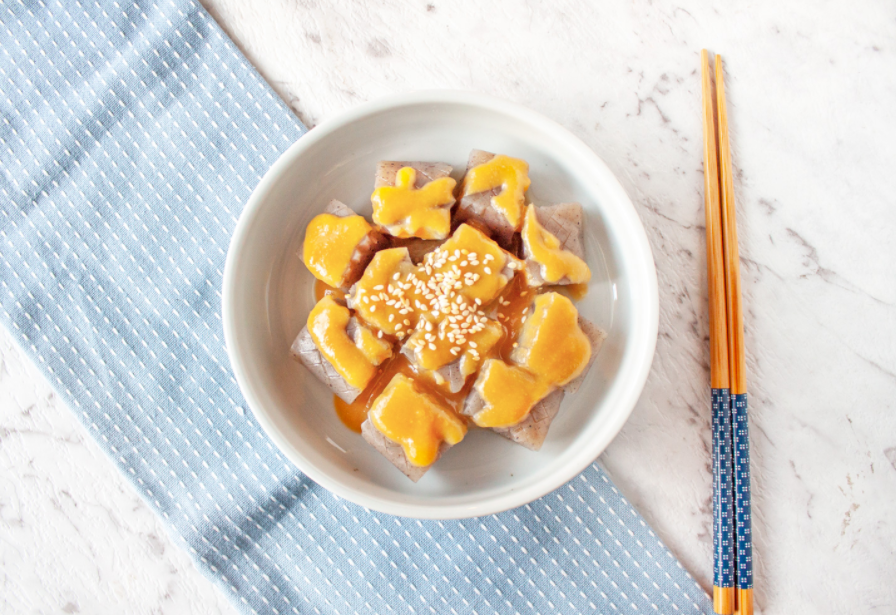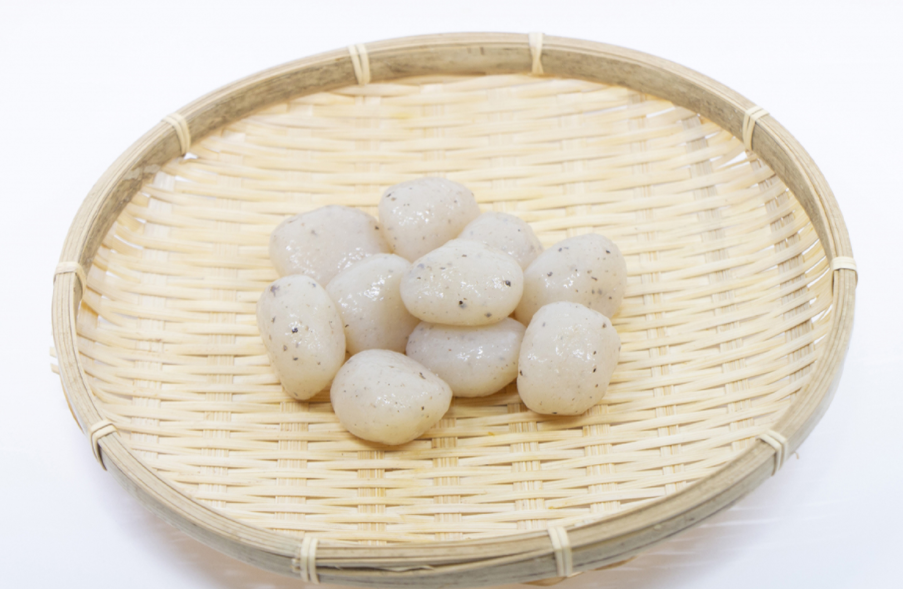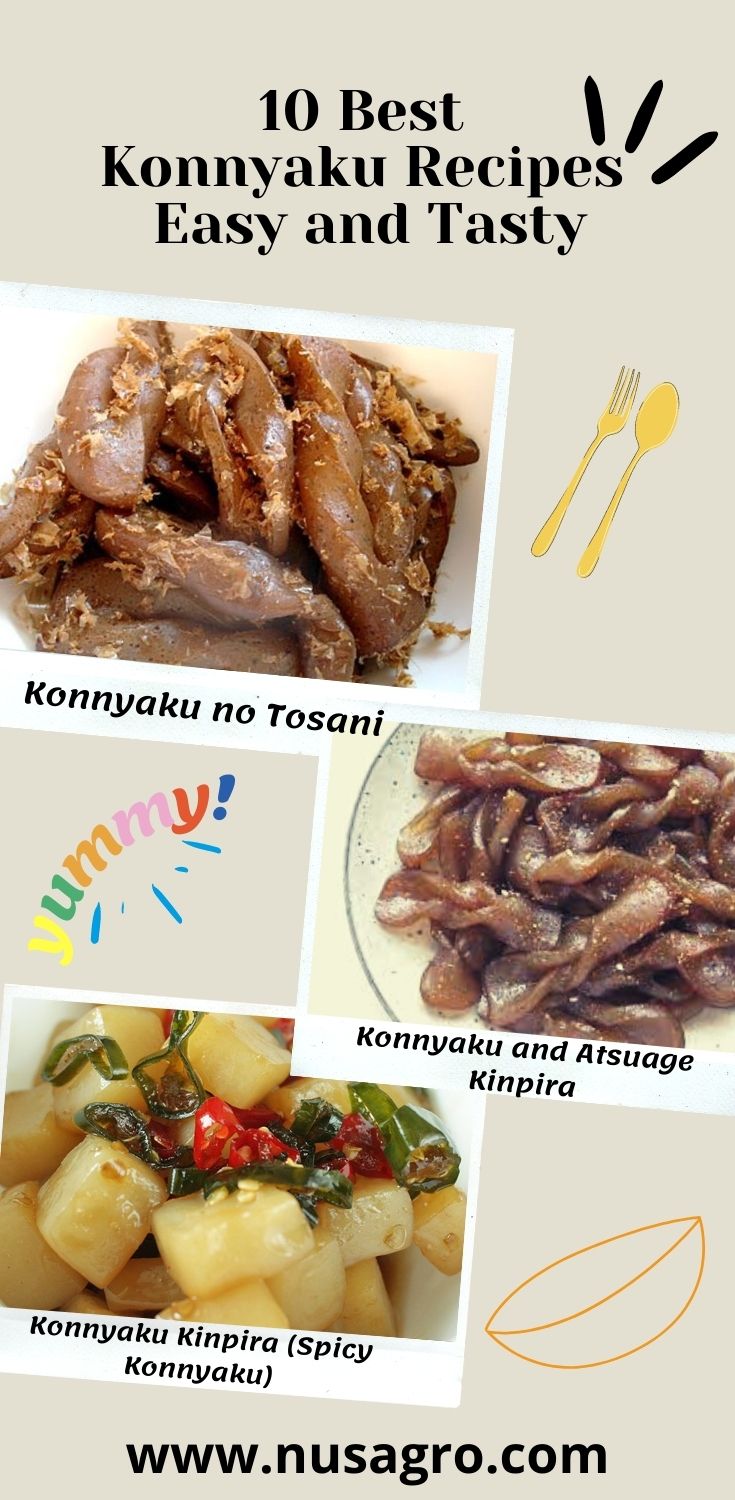Best brand of coconut sugar – Coconut sugar has become a highly sought-after substitute for white refined sugar due to its significantly lower Glycemic Index than the popular white alternative. Because coconut sugar is produced in tropical countries where coconut palms grow, North Americans may be unsure of which brand to invest in.
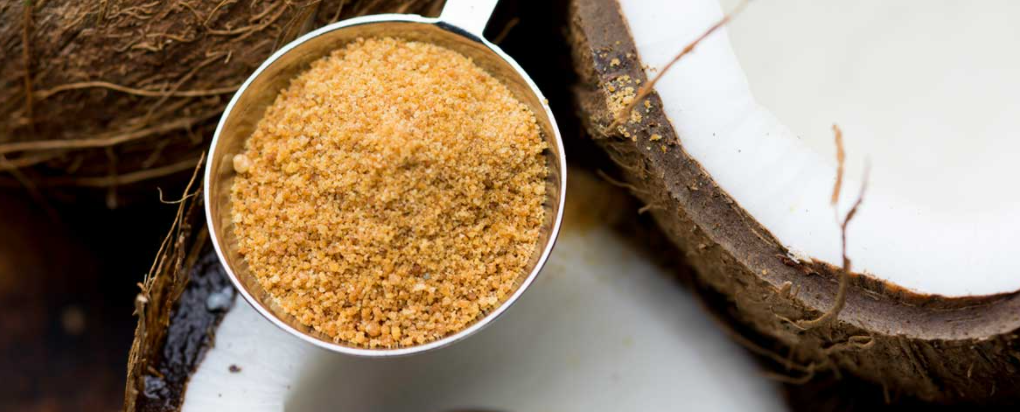
Fortunately, there are a plethora of great-tasting, high-quality coconut sugars to choose from. Which brand of coconut sugar is the best? The best coconut sugar has high-quality, organic, and sustainably harvested ingredients that have not been genetically modified. Unrefined coconut sugar is preferable for baking.
Why Coconut Sugar is Important?
Because coconut sugar can be used in place of refined white table sugar in a 1:1 ratio, many people are making the switch. Coconut sugar comes from the flowers of coconut palm trees, so you don’t have to worry about tree destruction.

However, there are some brands that are more committed to quality, sustainability, and flavor. Coconut sugar is marginally healthier than refined white sugar, but it is far from a healthy option. However, there are some advantages to using it instead of refined sugar.

It does contain trace amounts of vitamins and minerals, so it is a better choice in an otherwise healthy diet. It’s also got a lower Glycemic Index than refined white sugar. Coconut sugar also has a richer flavor with hints of coconut, which can add a little something extra to your baking.
What is the Best Brand of Coconut Sugar?
Here are some best brands of coconut sugar that are organic:
- Nusagro Coconut Sugar Factory & Supplier Indonesia
From harvest to final product we maintain direct control over all steps with no outsourcing for high purity and complete traceability. Unlike other refined sugars production, Nusagro Organic Coconut Sugar is minimally processed with no chemical involvement and manufactured in our own HACCP-certified facility under hygienic modern condition to ensure its high quality and cleanliness.
- BetterBody Foods Organic Coconut Palm Sugar
BetterBody Foods is at the top of the list because they make a delicious coconut sugar with high-quality ingredients and sell it at a reasonable price. As if that weren’t enough, the company is committed to supporting the communities and environments that produce high-quality ingredients.
Key features of BetterBody Foods Organic Coconut Palm Sugar:
- Organic, gluten-free, non-GMO, and Kosher.
- A 1.5-pound container nets you a good “bulk” price for a high-quality product.
- Unrefined and excellent for flavorful baking
If you’ve been purchasing this brand for a long time, you may have noticed a difference in the size of the granules, which can affect how the product is used, though it’s not always an indicator of quality.
-
Madhava Organic Coconut Sugar
The next brand that is best in organic coconut sugar is Madhava Organic Coconut Palm Sugar. Madhava began with honey and has expanded over the past nearly 50 years to include a wide range of products, all with one thing in common: purity.
The company seeks the world for the most organic, clean ingredients it can discover and tests products with third-party companies to make sure their products are always the healthiest possible.
Key features:
- The Clean Label Project tests products on a regular basis to ensure purity from contaminants such as heavy metals, insecticides, and pesticides.
- Partnerships with organic family farms in Indonesia allow for sustainable harvesting.
- Certified organic and non-GMO, Kosher, vegan, gluten-free, and packaged without BPA.
Many people are taken aback by the flavor of coconut sugar. Those who mistakenly expect a “light brown sugar” flavor may have mixed feelings about this brand in particular.
-
Wholesome Sweeteners Organic Coconut Palm Sugar
Wholesome Sweeteners carries every type of organic natural sweetener imaginable, including coconut sugar. They’ve built their company around this industry, and they’re good at it. As a result, you can be confident in the high quality of this coconut sugar.
This brand of coconut sugar has some key features, those are:
- Committed to sustainable production, they have protected coconut palm trees for the past 25–30 years.
- USDA Organic, non-GMO Project verified, naturally gluten-free, vegan, and Kosher certified
- Organic coconut palm sugar is the only ingredient.
If you use it to other types of sugar, it has a distinct flavor, as do all brands of coconut sugar. However, if you enjoy it, you will enjoy this brand’s product.
-
Food to Live Organic Brown Coconut Sugar
Food to Live was founded with the intention of assisting people in becoming healthier by providing healthier ingredients for them to choose from. They make a point of stating that all of their products can be used in a vegan-friendly diet, indicating that they recognize the power of plants.
It has some key features, those are:
- Available in 5-pound and 10-pound bags, this product is ideal for large families, avid bakers, and bulk and budget shoppers.
- Sugar grains that have been finely milled and are ideal for dissolving in liquids.
- USDA Organic and non-GMO certifications are available.
This brand of coconut sugar is free of both nuts and gluten, but it is manufactured in facilities that also produce products containing both nuts and gluten. Those who have severe allergies may need to consider other options.
-
Terrasoul Superfoods Organic Coconut Sugar
Terrasoul is a company that deals in superfoods rather than sweeteners, as some of the other top brands do. They seek nutrient-dense food solutions and rely on third-party lab tests to validate the nutritional value of the foods they source. Its key features are:
- Minimally processed to retain as much variety of vitamins, minerals, and amino acids as possible within the sugar.
- Not as sweet as white refined sugar, with a slightly nutty flavor depth, a hint of molasses, and a light brown sugar taste.
- There is no chemical aftertaste, as some artificial sweeteners do.
Is Coconut Sugar Healthy?
First and foremost, coconut sugar is still sugar. Although it is better for your body than refined sugar, it should not be considered a health food. It has the same calorie and sugar content as refined white sugar.
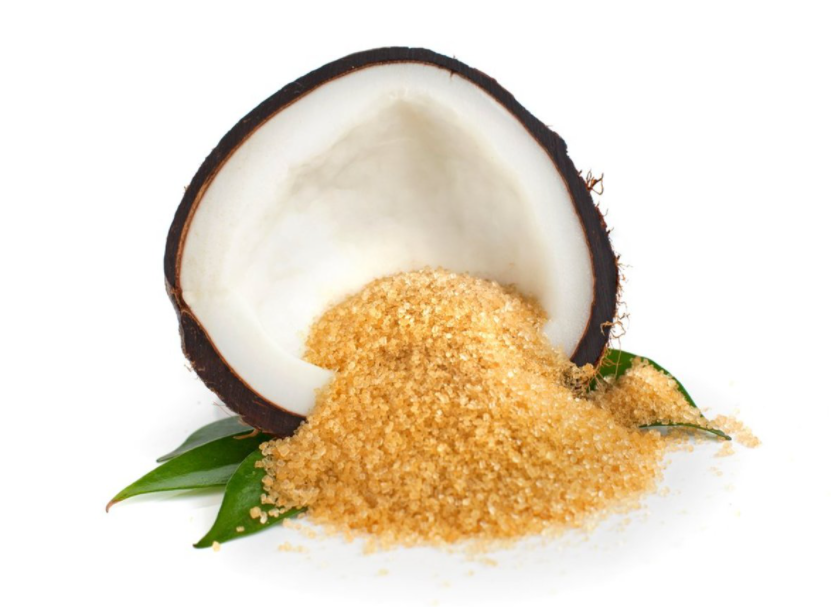
Because it is less processed, it retains more of the natural vitamins and minerals found in the coconut palm plant, though only in trace amounts. Sugar consumption would be exponentially more harmful to your health if the nutritional value was in such a quantity that it would improve certain metrics.
Those are 5+ best brands of coconut sugar that we and buy and consume. Each brand has different price, quality, taste, and function. We can use it by our needs. Furthermore, we can purchase it by online, especially at Nusagro.
Share this on your Pinterest
